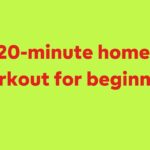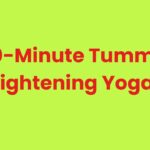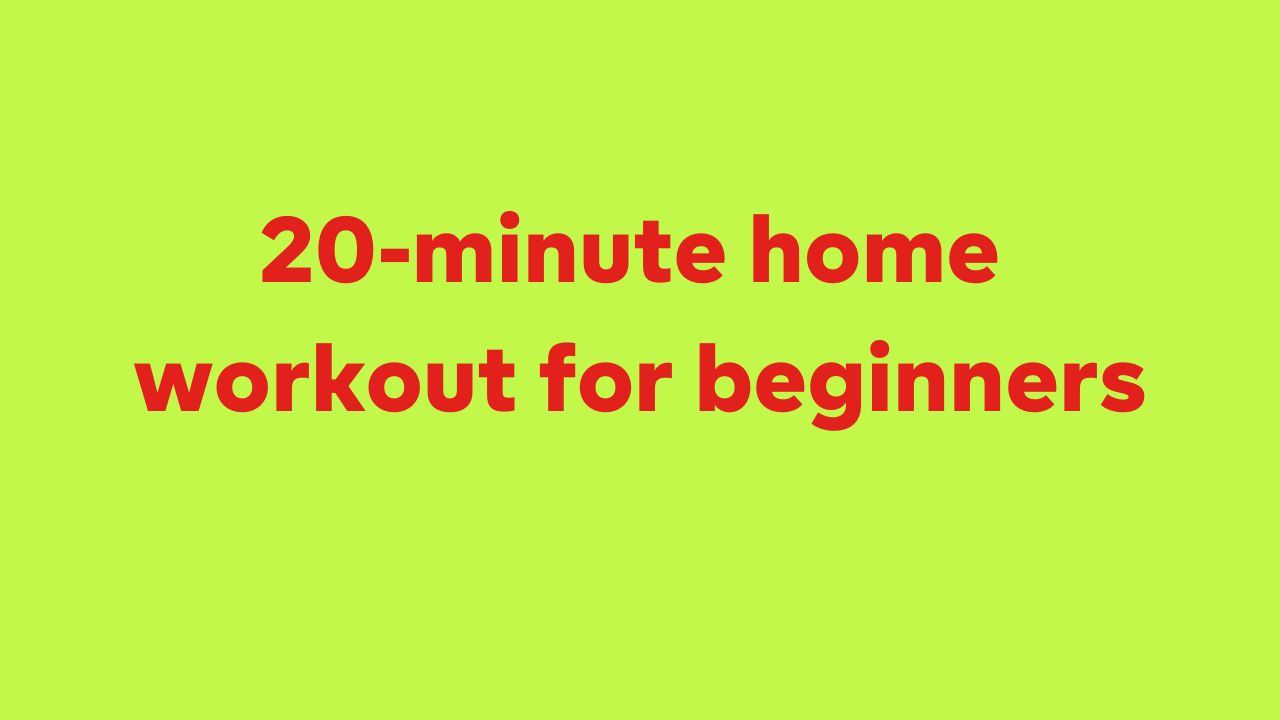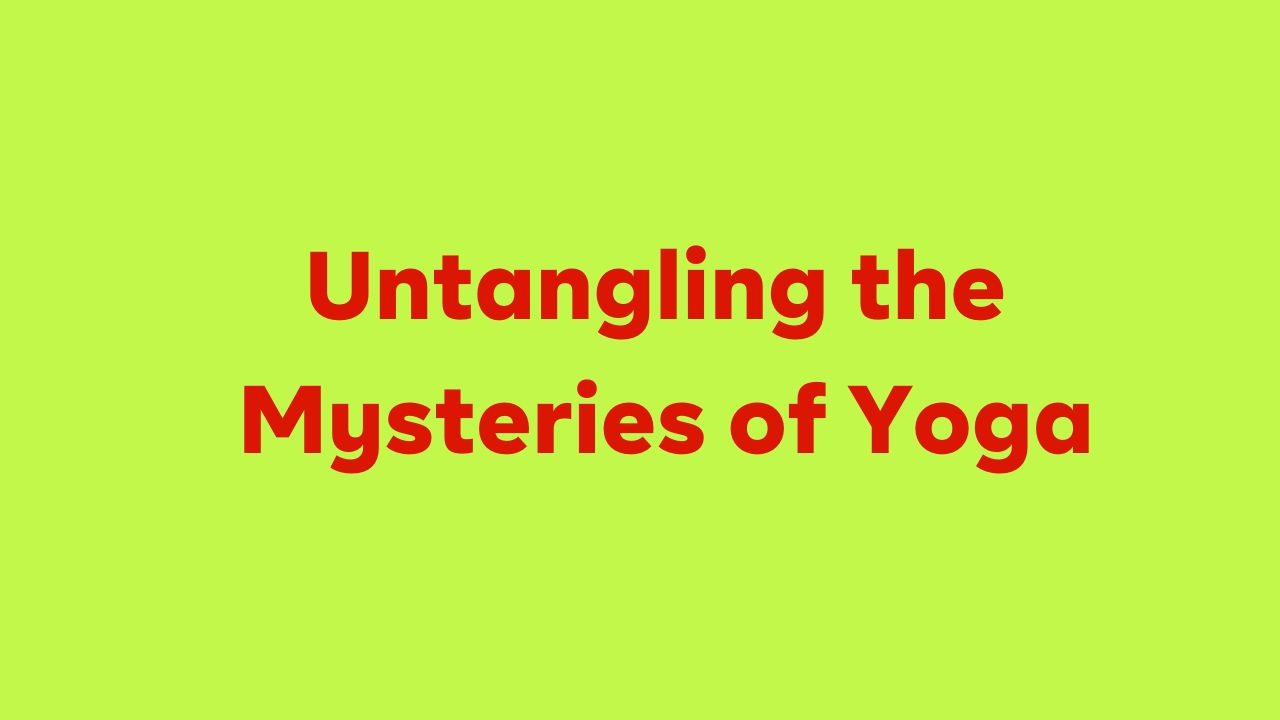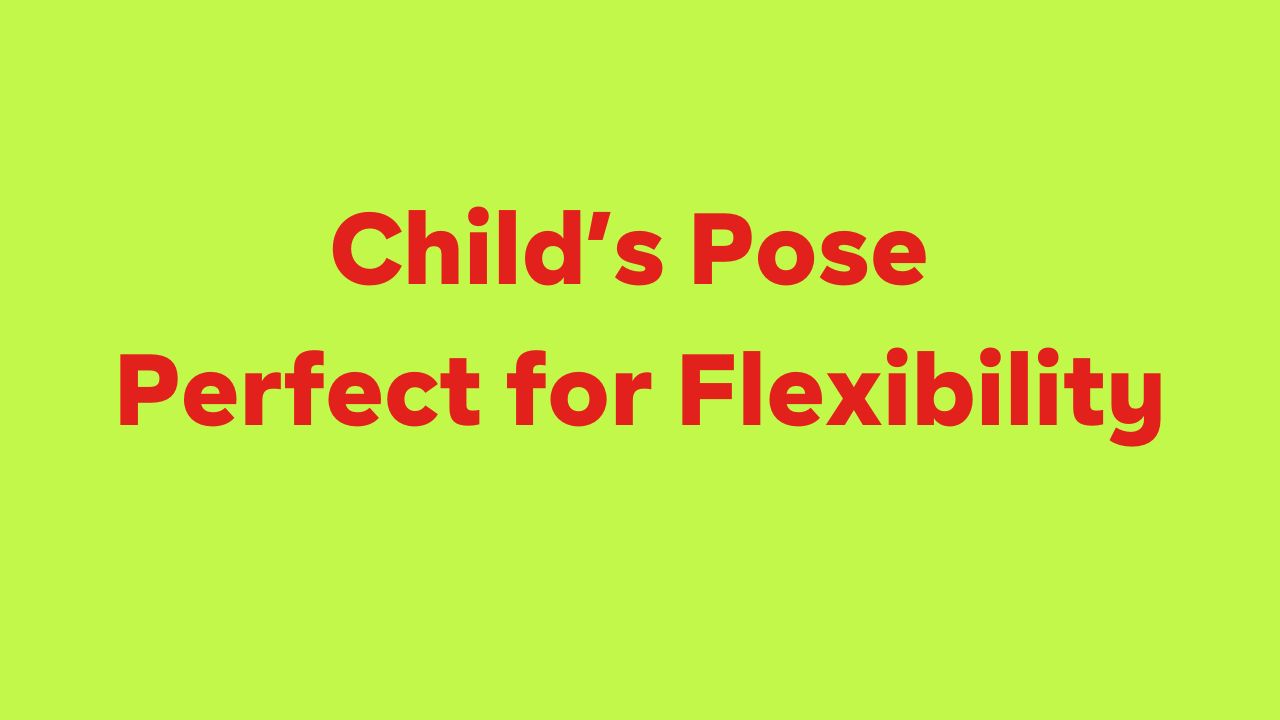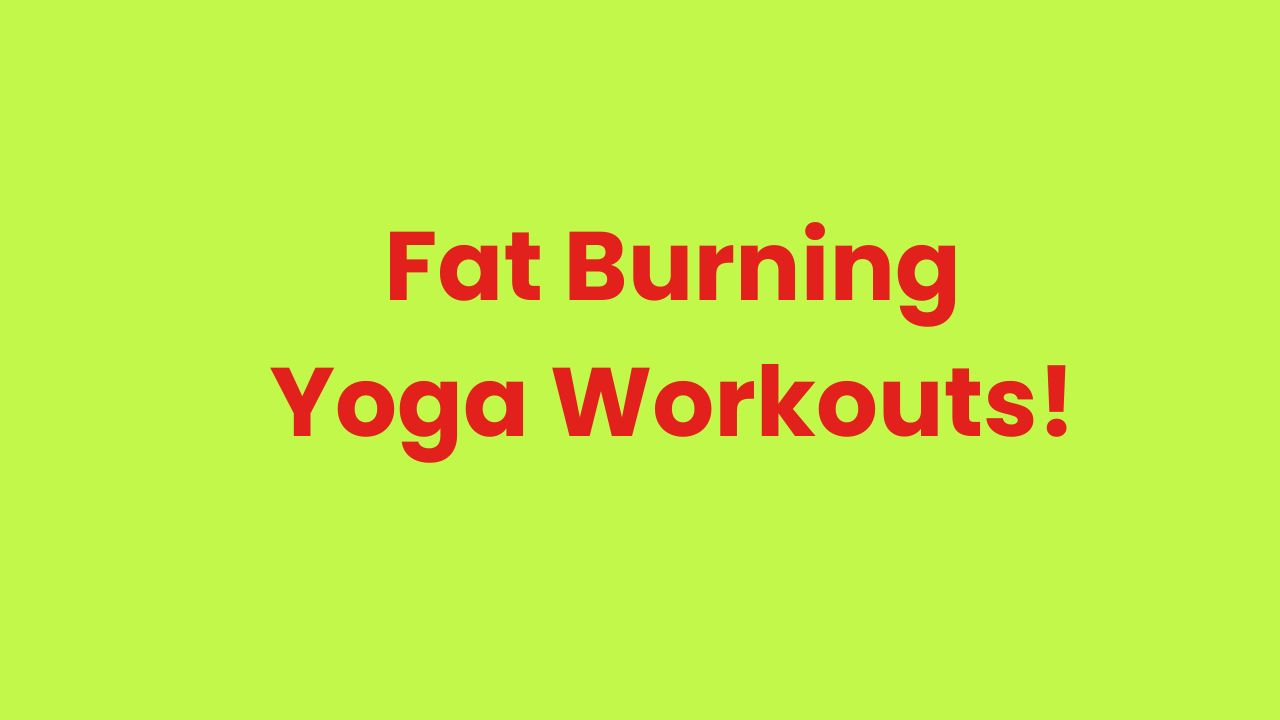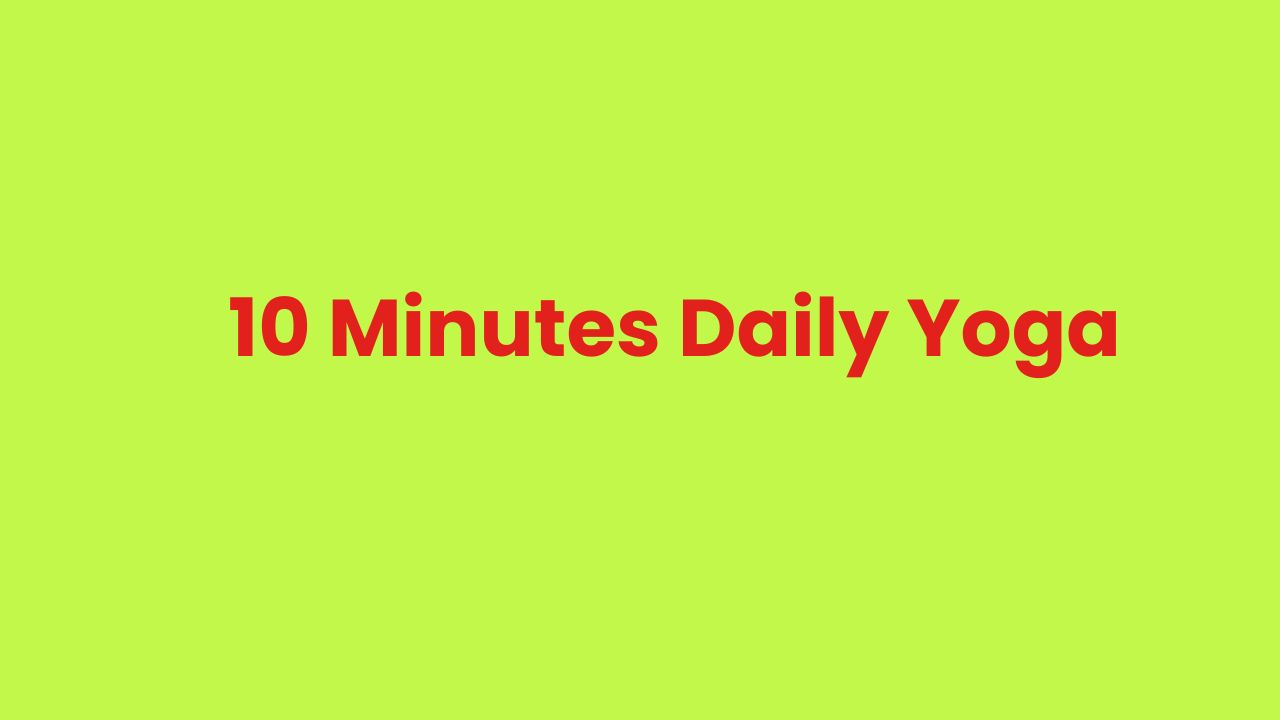Yoga Made Simple: A Quick 20-Minute Home Workout for Beginners
Today, we’re excited to bring you a yoga sequence tailor-made for complete beginners. Whether you’re just starting out or have been intrigued by the numerous benefits of yoga, this sequence is designed for you.
You won’t require any special equipment like blocks or blankets; all that’s needed is your body and a willingness to explore. While a yoga mat would be helpful, an open mind and heart are the only essential prerequisites for this practice.
This sequence is a gentle introduction to the world of yoga, aimed at making newcomers feel comfortable and empowered. Through these simple yet effective poses, you’ll begin to experience the physical, mental, and emotional aspects of yoga.
By committing to this practice with an open mind, you’ll cultivate relaxation, strength, and flexibility within yourself.
So let’s embark on this journey together as we dive into the enriching world of yoga!
Mindful Meditation: How to Begin Your Practice in Cross-Legged Position
Sukhasana, also known as the easy pose, is a seated yoga posture that promotes a sense of ease and relaxation. To begin, take a moment to connect with your breath. Roll your shoulders forward, up, and back in sync with your inhalations and exhalations.
This gentle movement can help you tune into your body’s natural rhythm. Next, bring awareness to your neck by gently tilting one ear towards one shoulder to release tension.
Moving further into the practice, you can gently sway your chest from side to side while simultaneously shaking your head to release any lingering tension.
By incorporating these simple movements and mindful breathing techniques during Sukhasana, you can create a sense of calm and detachment from stress or worries. These subtle adjustments encourage relaxation within the body and the mind, enhancing overall well-being.
Incorporating such mindful movements can also help improve circulation in the body and relieve any stiffness or discomfort in the muscles. Taking time for this self-care practice can foster a deeper connection with yourself and promote inner peace amidst life’s challenges.
Let’s center ourselves by bringing the head over the heart and the heart over the pelvis. You can close your eyes or soften your gaze to go inward as we find alignment.
Get Your Zen On: Lift Your Sternum and Transform with Beginner Yoga!
Close your eyes or soften your gaze. Position your head directly above your heart, and ensure that your heart is directly above your pelvis. Lift your sternum and chest, and ground down through your elbows. Find a space between your ears and shoulders.
Stay mindful and attentive to both your physical and mental state. Deepen your breath with long inhales and exhales. Place your hands in prayer position at your chest and inhale deeply. When you bring your palms together, think about lifting your heart up.
As you move into the prayer position (Anjali Mudra) with your hands at the heart, remember to engage your shoulders and lift your chest towards your thumbs. Focus on the breath as you inhale, feeling the sternum rise and drawing the lower belly in towards the spine.
It’s important to embody an active body while maintaining a sense of ease. This practice helps cultivate awareness of posture and alignment, promoting overall physical well-being.
By lifting the sternum to the thumbs and engaging the core, you’re encouraging proper spinal alignment and a sense of groundedness. The combination of shoulder engagement and lifted chest can help build strength in the upper body over time.
As you continue this mindful movement, notice how it impacts your overall energy and mental clarity both on and off the mat.
This simple reminder during prayer position can have a profound impact on your practice, creating a deeper connection between mind, body, and breath. Explore how this small adjustment leads to more stability in balancing poses or greater openness in backbends.
Embrace this opportunity to integrate mindfulness into every movement, enhancing not only physical health but also mental focus and emotional well-being.
Discover Serenity in Just 20 Minutes with Beginner’s Body Climbing Yoga!
Our yoga practice is dedicated to creating a space where individuals can come together and express themselves through movement and connection. As we begin our practice, we interlace our fingertips and focus on following the rhythm of our breath.
With each inhale, we gently press our palms forward, upward, and backward, allowing the energy to flow through our body. As we continue breathing, we smoothly rise up along the side of our body and spine, connecting with ourselves and the present moment.
Upon exhaling, we release our fingertips downward, acknowledging and embracing the sensations within our body. This simple movement allows us to check in with ourselves both physically and mentally.
Taking another deep breath in, we repeat the sequence of movements while maintaining a sense of ease and fluidity throughout the practice.
This mindful approach to yoga reinforces the idea of finding unity between body and breath, leading to a harmonious dance within ourselves.
Breathe out and let your fingertips relax, opening your shoulders, chest, and side body. Ground down through the top of your thighs. Take a deep breath and exhale. Place your right palm on your left knee and sit up straight.
Discover the Ultimate Yoga Pose to Lengthen Your Tailbone!
Place your left fingertips behind your tailbone. As you breathe in, lift your heart and exhale as you twist gently to the left. Draw your navel towards your spine and remember that we practice yoga to experience our bodies.
Move into the twist gently, maybe closing your eyes for a breath. Return to the center and repeat on the other side, placing your left palm on your right knee. Sit up straight and tall. I will turn to the side so you can see my spine.
It’s common to hunch forward, but over time we will lengthen the tailbone down, elongate the lower back, lift the heart, ground the shoulder blades, and find the twist.
We will start by lengthening the tailbone down and making the lower back long. Lift the heart, ground the shoulder blades, and twist. Don’t sacrifice the lift in the heart and the length in the spine for a deeper twist.
Find what feels good. You might not go all the way back at first. Keep a mindful twist, using the exhale to go a little deeper, and then gently come back to center. Interlace the fingertips with the heart once more.
Breathe in, reach your hands forward, up, and back. Stretch your body like a puppy, lifting it up high, then breathe out and release your fingertips to the mat. Gently stretch the side of your body, keeping your legs grounded and active.
Plant your left palm or fingertips on the mat, then press into them and reach your right fingertips up and over. Inhale, lift your heart, then exhale and stretch the side of your body.
We won’t hold this position, but we’ll set the tone for our yoga practice by expressing ourselves and moving a little. You can sway, close your eyes, stretch your mouth, or wiggle your fingertips.
Relax your shoulders, take a deep breath, and exhale quickly to the other side, creating space in your body and connecting to your breath.
Breathe in, breathe out: Unlock Your Inner Yogi with This Easy Routine
There’s no right or wrong here. It’s great, it helps you relax. We’ll learn some basics and focus on alignment, but it’s really about expressing yourself. Take a moment to move a little, then come back to center.
Put your hands on the floor and position yourself on hands and knees. Position your wrists directly beneath your shoulders and ensure that your knees are aligned under your hips.
Press into the tops of your feet, with your toes pointing straight back and your palms spread wide.
The most important thing is to connect with the energy and not collapse into your bones.
Connect to every part of your body pressing into the mat, and remember to find integrity with your head and heart.
The neck is part of the spine. Keep the gaze down and lengthen the neck. You might feel pressure in the arms and wrists.
Press up and out of the palms to build strength. Inhale, lift the shoulders, drop the belly, and look forward. Breathe out slowly, allowing the tension to flow out from the base of your spine to the top of your head. Release the burden of your head and neck. Pull your belly button towards your spine.
Press into the tops of your feet and the palms of your hands. Take a deep breath in, and loop your shoulders forward. Then, exhale and tuck your tailbone, closing your eyes for the spinal-flex or cat-cow pose.
Inhale again, pressing into all 10 knuckles, then exhale, curling the tailbone and traveling up the spine. Inhale back to the tabletop position. Curl your toes and walk your fingertips back for a beginner’s feet moment.
Take a deep breath in and press into your pinky toes. This is a good time to roll your wrists. Stay connected.
Focus on your breath. Keep playing with deep breaths. Come back to all-fours. Lift the tops of your feet. Extend your right toes and then place them on the ground. Breathe into the back of your right leg and calf.
Keep your shoulders lifted and start building strength in your arms and body. Maintain the hand-to-earth connection and feel the upward energy. Rock back and forth to find the connection between your sit bone and heel.
Activate your abdominal muscles and maintain a stretched neck.
Lift your left leg and move it to the other side. Curl your left toes under and stretch out the back of your leg. Keep your body in a straight line. Take a breath and then return to tabletop position. Walk your palms out and slowly move your knees back.
Lower your elbows in line with your shoulders and wrists. Tilt your pelvis up and bring your forehead towards the mat.
If your shoulders feel tense, move in and out of the pose a few times. This is called Anahatasana, or heart-to-earth pose. It’s like a puppy posture, similar to a half-downward dog.
Take a few breaths and sway from side to side.
Get Grounded: Spread Awareness through Feet and Beginner Yoga!
My shoulders feel a bit tight and sore from yesterday’s practice, so I’m trying to move a little. I’m not in sharp pain, but I’m using my breath to move past the discomfort and find some movement. Pay attention to your elbows and try to keep them in line with your wrists and shoulders.
Take one more breath, then move your heart towards the ground and tilt your pelvis towards the sky. Now, curl your toes, lift your heart, press into your palms, and slowly lift your sit bones up, one leg at a time.
Drop your left heel, then your right, to come into our first downward dog together. Press your palms into the ground like starfish, keeping an upward energy through your arms so you’re not collapsing your weight. Find a nice length in your spine. I haven’t straightened both my legs yet.
I can’t do downward dog because my legs are not working yet. Don’t worry about how you think downward dog should look. Here’s a beginner’s tip: it’s great for all yogis to inspire each other to have a beginner’s mindset in yoga.
Downward dog is a good way to start with a beginner’s mind. Begin by moving a little, pedaling the feet, and bringing the shoulder blades together. Take a deep breath in, then exhale and come back to the knees.
Walk the fingertips back up for a rest. Roll the shoulders and circle the wrists. Now, put your palms on the ground and your belly on the tops of your thighs. Slowly build to a still dog pose, and take a moment to breathe.
Keep your shoulders away from your ears, turn your big toes in slightly, and lift your sit bones towards the sky. Bring your lower rib cage together, press up from your palms, and relax your head. The tops of your thighs should be turning inwards.
I breathe in deeply through my nose and exhale out through my mouth. It’s allergy season in Austin. I bend my knees and walk slowly to the front of my mat, coming into a forward fold with my feet hip-width apart and knees bent.
I relax and breathe into my lower back. I might rock from side to side and then release my arms, bringing them to my waist. I press all four corners of my feet and slowly rise up into a superhero pose, keeping my shoulders relaxed and not lifting my chest. I move to the front so you can see me better.
Stand in mountain pose, called Tadasana, with feet hip-width apart and toes pointing forward. This pose helps us feel strong and connected to the earth. It prepares us for other challenging poses by practicing upward motion while staying grounded.
Focus on spreading awareness through the feet and lifting the knee caps. Bring active energy into the body by bringing the palms together at the heart and lifting the sternum. Tuck in your pelvis, close your eyes, and align your head, heart, and pelvis.
Interlace your fingertips, soften your knees, and inhale as you reach forward, up, and back for a tall stretch.
Bend your fingertips down, like when you were seated. Inhale and open your chest, then reach forward, up, and back with soft knees. Lengthen your tailbone down and tuck your pelvis as you exhale, opening your shoulders.
Move your fingertips a little. Inhale again, lengthening your tailbone down, and exhale. Take a moment to draw a couple of circles with your nose and check your neck. In yoga, we don’t have to do crazy poses.
Each day, yoga starts with simple movements like drawing circles and checking your neck. Ground down through your shoulders, elbows, and fingertips. It feels good. Bend your knees and reach your fingertips out for Volcano Pose. Lift your toes and press into all four corners of your feet while tucking your pelvis.
Your arms may feel tired at first, but with practice, it will become easier. Pull your thumbs back and find a flying-V shape. If you feel crowded, make some space. Release your toes and breathe. Spread your fingertips to celebrate your new yoga practice.
Take your right hand and grab your left wrist, like we did in the side body stretch. Think up and over, rather than just to the side. This will look different for everyone. You can sway a little back and forth if you like.
Come back to center. I know your arms might be tired, but stay with me. Grab the opposite wrist and think up and over as you breathe into the stretch. Ground down through your feet and tuck your pelvis. Then come back to Volcano Pose for one breath. Look up as you inhale.
Pull your navel in and breathe. If you feel like it, bring your inner thighs together for stability as you breathe. Inhale deeply, then exhale and open up to the left side of your mat in Warrior II. Adjust your stance if needed, and focus on lifting your chest.
Keep your legs strong, then bring your hands to your waist. Turn your right toes in and your left toes out to switch sides. Come into Warrior II on the left side, bending your knee. Don’t hold back, and make sure your feet are in the right position.


